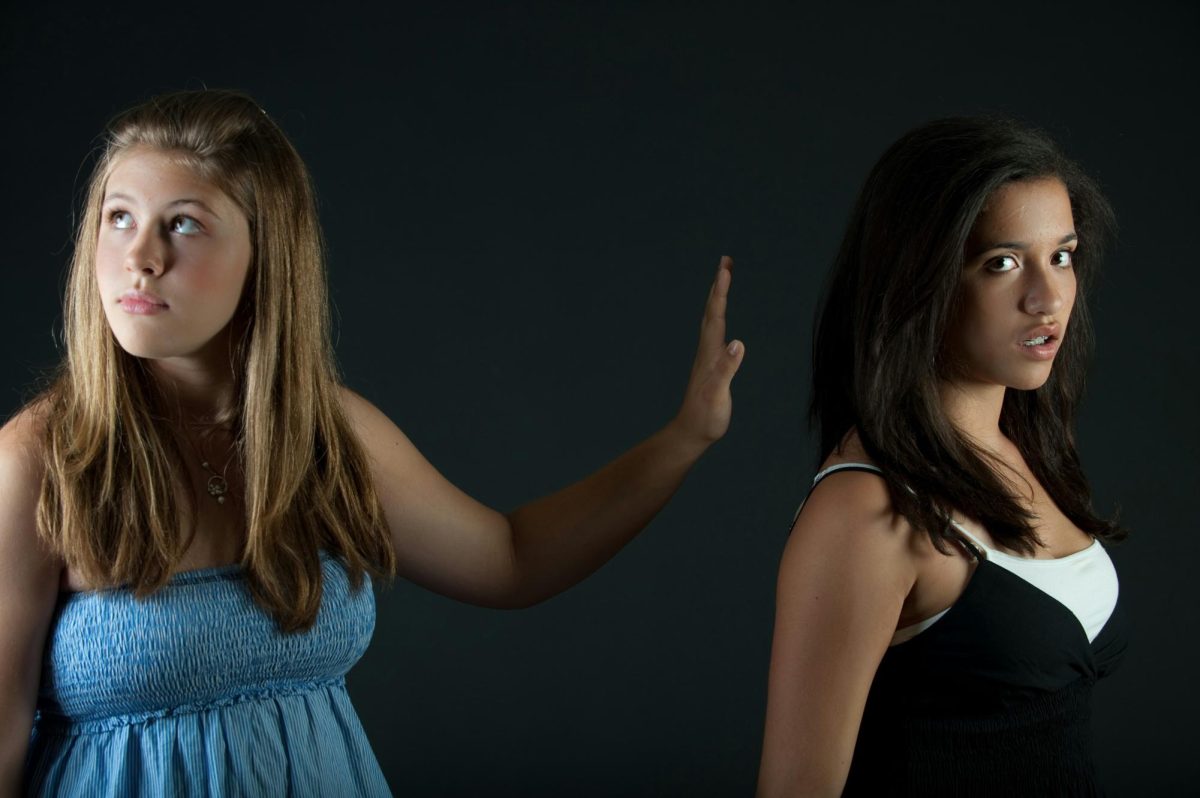Going into the presidential election, many news organizations and pollsters commented on the increasing number of young men participating in right-wing rallies and conservative organizing. Many drew the connection between the increasing popularity of right-wing twitch streamers who proudly expressed their sexist and racist views to a captivated online audience. Despite these warning signs, the Democratic party didn’t significantly target this group of voters, instead focusing primarily on people of color and white women (the largest voting demographic).
This past Tuesday, the consequences of this choice were revealed with now President-Elect Donald Trump overwhelmingly winning both the electoral college and the popular vote. Trump saw major gains amongst young male voters, likely due to his simple success of getting them to vote at all. In the immediate aftermath of the election, young white men became an easy target of blame. Many women began to publicly advertise and support the 4B movement: a feminist movement with origins in South Korea in which participants refrain from heterosexual dating, marriage and sex, as well as childbirth. I have witnessed all of these reactions first hand on Wellesley campus; however, I can’t help but wonder if it’s really fair.
I will admit I too felt a sense of disappointment in witnessing the significant gender gap amongst voters this past election. In some ways it felt like a sign that either many men in this country support Donald Trump’s bigoted and dangerous policy agenda, or they couldn’t deal with the possibility of a woman of color holding this nation’s highest office. I, too, wanted to blame white young men. They felt like a simple and easy scapegoat to my internal rage. Unfortunately, the results of this election, as always, tell a significantly more nuanced story.
First off, it feels impossible to ignore the structural reasons Donald Trump and other conservative leaders drew the love and attention of many young men in the first place. Many social scientists have long identified the trend that young men are “failing” in modern America. As a group, they are achieving less milestones of development than young women in almost every category: they are less likely to seek higher education, more likely to live at home and have far higher rates of suicide. This overall lack of direction provides critical insight into why Donald Trump, who promises a return to a time when men succeeded at the cost of everyone else, may seem so attractive to young voters. One can’t help but wonder how additional support, whether through direct intervention or better role models, might have led these young men to vote differently.
Additionally, it feels somewhat hypocritical that often the largest group calling out these young men is white women, a demographic which also predominantly voted for Trump. While there was still a significant gender gap amongst voters this election, it was far lower than predicted and lower than in 2020. Biden led women by nearly 15 points, and Kamala Harris only saw an 8 point lead.
I don’t point out this difference in order to turn women on women or to allow the young men who voted for Donald Trump to escape accountability for their actions. In fact, I think that many women have been able to find community together in collective grief. I also think that it is valuable for women to critically evaluate whether the men in their life value their rights and safety. However, I caution against making the same mistake twice. It shouldn’t be women’s responsibility to teach young men to respect women and support their rights, but we have seen first hand that isolating young men often only pushes them further to the right.
Contact the editor(s) responsible for this story: Caitlin Donovan




